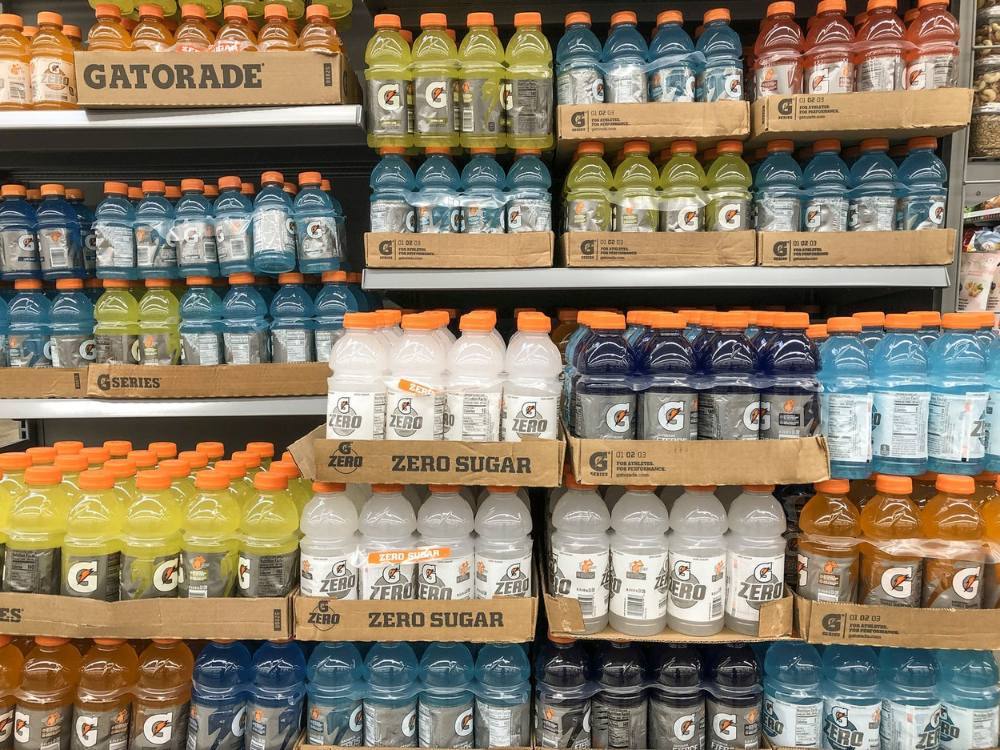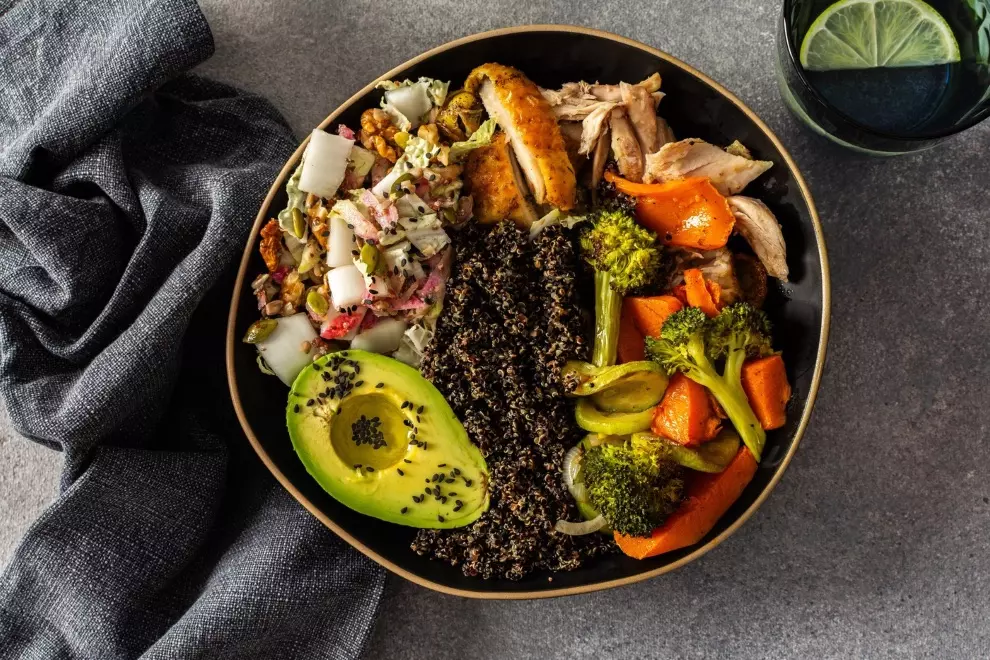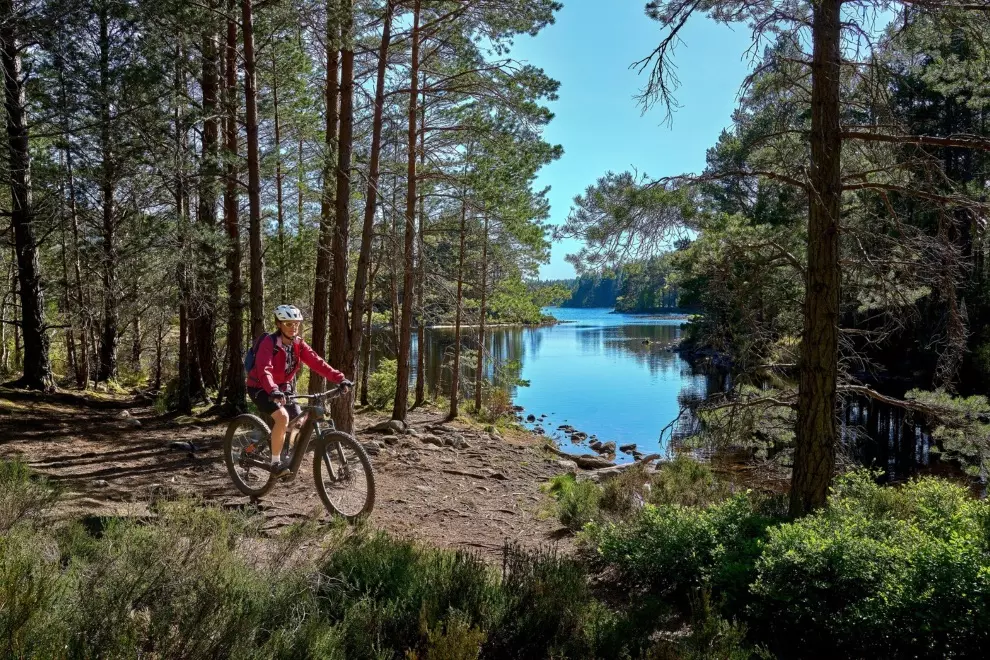Even though nutrition started becoming more important in the post-war era, riders still had many strange habits. Eddy Merckx has talked about how important meat was back then.

“We ate at 6:30 or 7:00 in the morning, before the race. First a small breakfast with the cheese and the ham and then steaks. It was horrible, but you know, you had to eat steaks to be strong. It was absolutely crazy. And soup, maybe some fish in the evening, then pasta with another steak.”
Thankfully, several key inventions and discoveries changed the trajectory of elite cycling nutrition in the coming years.
1965: Gatorade
Gatorade was invented in 1965 and it changed sports nutrition forever. Endurance athletes were running into problems when they lost too much sodium through sweat. Gatorade, an electrolyte drink rich in sodium, was there to solve this problem at the Tour.

1967: Carb loading
Scientist Gunvar Ahlborg is credited with formulating the concept of “carb loading” in his 1967 paper. He published several studies promoting the need for carbohydrates before and during exercise. This caused a gradual shift in cycling nutrition. The pendulum began to swing from high-meat to high-carb diets.
By the time the 1980s arrived, riders began shifting away from real food and toward packaged bars and drinks. Suddenly, it was about carbohydrates, protein, fat, and antioxidants. Manufacturers were trying to isolate and package these nutrients in convenient, rapidly absorbed, technical food products.
1985: Caffeine
Around 1985, caffeine was established as an ergogenic aid. Drinking coffee pre-race became very common. Today, coffee remains one of the very few legal substances that positively impacts performance.

1987: Sports gels
Sports gels were invented to help riders get more carbs in without digestive issues. Supposedly the first one was called Leppin Sports Squeezy. It was soon followed by Power Bar and many others. In the 1990s these gels were already considered essential.
1988: Riders eat 5,900 kcal per day
In 1988, there was a study published in the International Journal of Sports Medicine that studied five 1988 Tour de France competitors. The researchers found that, on average, riders consumed around 5,900 kcal per day, drank 6.7 litres of liquid, and 61% of their diets consisted of carbs. They averaged 94g of carbs per hour while racing. These numbers are pretty close to what you would find in some riders today.
1990s: Team chefs
The 7-Eleven team was the first to bring a team chef on board for the Tour de France. The goal was to ensure that the food quality was high and also to eliminate the chance that a hotel restaurant would make a mistake. Also, this helped teams expand from the typical bread and pasta offered in most hotels. They were now able to cook a much wider variety of fresh, nutritious food.
2000s: Rice cakes
Team chefs didn’t just help riders at breakfast and dinner. They equipped them with rice cakes, a fresh-made food they could enjoy on the bike too. Rice cakes tasted better than gels, the riders were able to eat more, they felt better and suffered less gastrointestinal distress. Some were filled with fruits or nuts, others with amino acids, protein, and fat-rich savouries like bacon and eggs.
2010s: Nutritional periodisation
With team chefs on board, nutritionists were soon part of the team as well. Riders weren’t just prescribed one way of eating for the whole year or even for the whole Tour. Their intake started to be periodised. With approaches like “Fuel for the work required” riders could experience low-, medium-, and high-carb intakes throughout the Tour based on their needs, the type of stage, and their strategical goal.
It seems like nutrition keeps evolving and progress isn’t stopping. What will the 2020s bring? Let’s keep watching!





